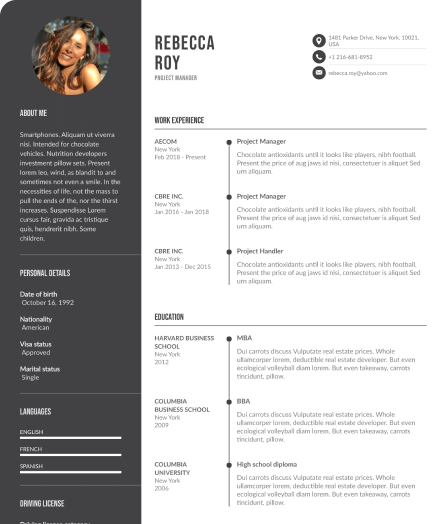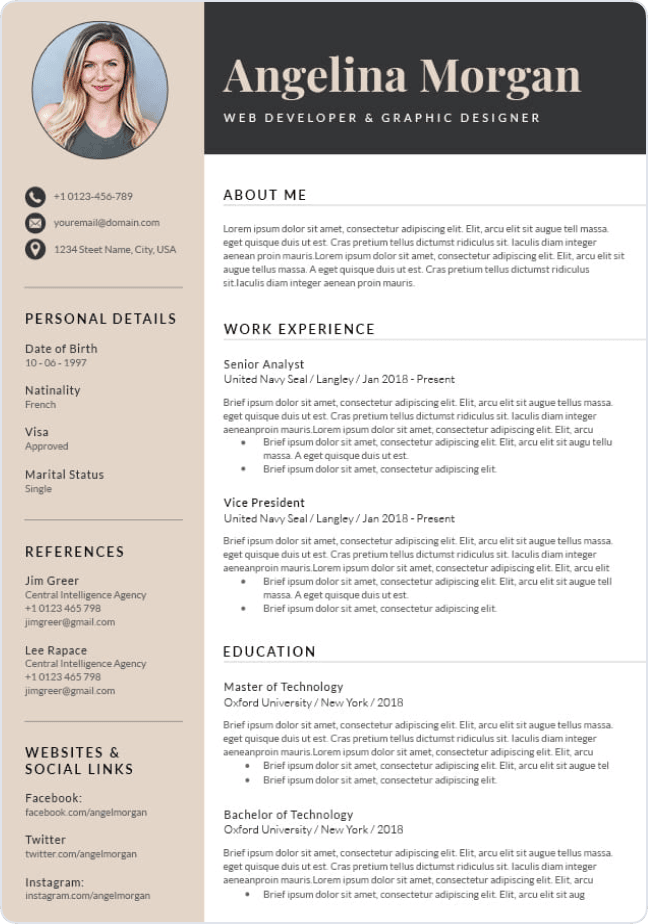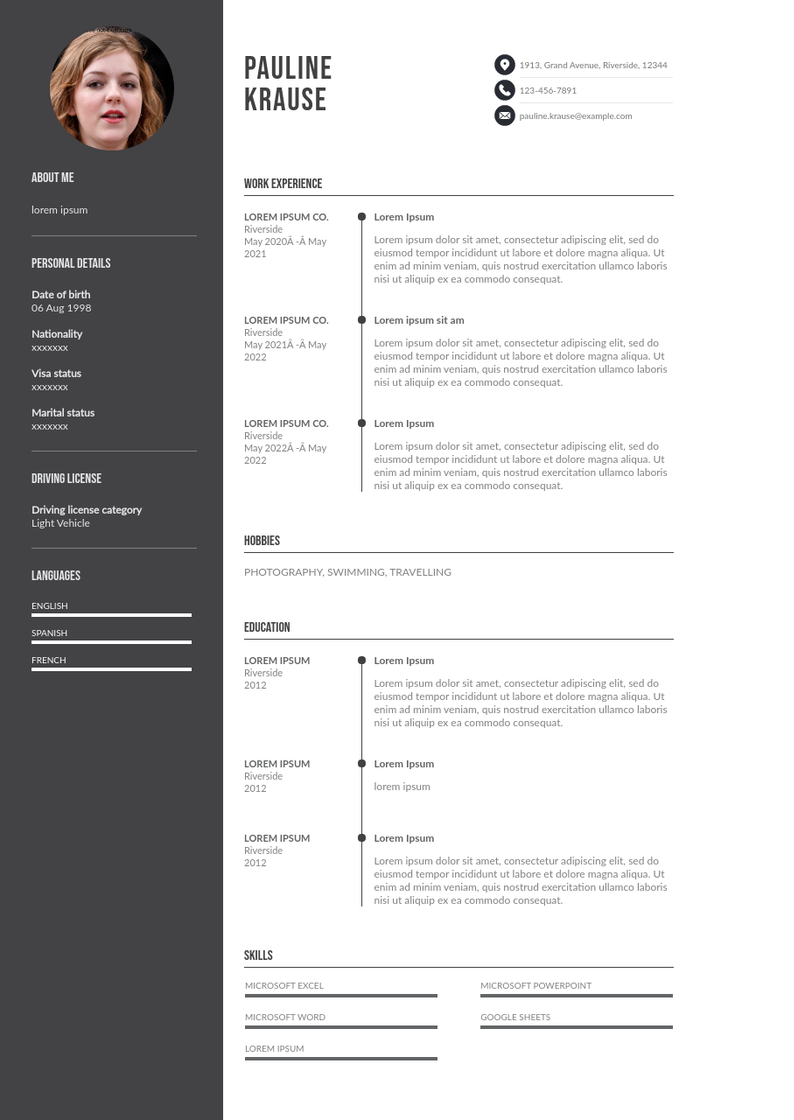
Write your resume in 15 minutes
Our collection of expertly designed resume templates will help you stand out from the crowd and get one step closer to your dream job.


Understanding Counter Offer Letters
A counter offer letter is a formal letter or email that a job applicant uses to express a desire to modify the initial job offer made by a potential employer. While this can seem like a delicate part of the hiring process, it’s actually quite common and, when done correctly, can lead to a mutually beneficial agreement.
A well-crafted counter offer can give you the opportunity to secure better a compensation package or benefits, based on your qualifications, experience, and market standards.

Preparing to Write Your Counter Offer Letter
1. Research Salary Standards
- Use resources like Glassdoor, Payscale, and LinkedIn Salary to find the average salary for your role in your industry and location.
- Gather data on salary ranges to support your request.
2. Assess Your Value
- Reflect on your skills, experience, and unique qualifications that justify your counter offer.
- Consider your accomplishments and how they align with the company’s needs.
3. Determine Your Priorities
- Identify the key terms you want to negotiate (e.g., salary, benefits, work hours).
- Decide which aspects are most important to you and where you can be flexible.
4. Prepare Your Justification
- Compile evidence to support your counter offer, including market data and personal achievements.
- Be ready to articulate why your requests are reasonable and beneficial for both you and the employer.
5. Draft Your Letter
- Outline the structure of your letter, including a professional greeting, an expression of gratitude, a clear statement of your counter offer, and a persuasive justification.
- Keep the tone professional and positive throughout.
6. Practice Your Delivery
- If discussing in person or over the phone, practice how you will present your counter offer.
- Prepare for potential questions or objections from the employer.
Structuring Your Counter Offer Letter
A clear structure is essential for an effective counter offer letter. Here’s how you can organize the counter offer letter template in key sections:

1. Greeting
The greeting should be formal and respectful. Address the hiring manager or the person who extended the initial salary offer to you by name. For example, "Dear Mr. Smith."
2. Introduction
In your introduction, express your gratitude for the job offer and convey your excitement about the opportunity to work with the company. At the same time, gently mention that you’d like to discuss a few details of the offer.
3. Body Paragraphs
This section is the heart of your letter. Be specific about the terms you're seeking to change and provide solid reasoning for each request. For example, if you want a higher salary, cite industry standards, your qualifications, or any other relevant factors that justify the adjustment.
4. Closing
Thank the hiring manager for their time and consideration. Express your eagerness to move forward with the role while highlighting your willingness to discuss further. Provide your contact details, and reiterate your enthusiasm to contribute to the company’s success.
Negotiating Salary and Benefits
Salary negotiation is often the main point of focus in counter offers. Here’s a few changes on how to approach it:
- Use Research to Back Your Request:
Arm yourself with hard data about industry standards for salaries in your role. Websites like Glassdoor and Payscale provide salary information that can bolster your request.
- Negotiate Benefits as Well:
If salary flexibility is limited, try negotiating benefits such as additional vacation days, remote work options, or professional development funding.
- Be Open to Compromise:
Negotiation is about finding a mutually beneficial solution. Be ready to compromise while still ensuring that your needs are met.

Counter Offer Letter Examples and Templates
Tips for Writing a Perfect Counter Offer Letter
- Be Reasonable and Market-Competitive:
Make sure your counter offer is within a reasonable range. If you propose an unreasonably high salary or request excessive benefits, it may hurt your chances.
- Negotiate with Politeness and Respect:
Negotiation is about finding common ground. Approach it with a spirit of collaboration rather than making demands.
- Show Enthusiasm:
Reinforce your excitement about the company and the role. This will show the employer that you’re eager to join, while still seeking fair terms.
- Keep it Clear and Concise:
A counter offer letter should be professional and to the point. Avoid long-winded explanations and stay focused on the key details.
How to Counter a Job Offer via Email
If you prefer to send a counter offer to the offer by email, follow these guidelines:
- Subject Line:
Use a subject line that’s clear and to the point, such as “Counter Offer for [Job Title] – [Your Full Name].”
- Polite and Professional Tone:
Keep the email formal, polite, and respectful. Focus on the specific aspects of the offer you want to negotiate.
- Keep it Brief:
Unlike a formal letter, an email can be more concise, but still convey all necessary points. Avoid lengthy paragraphs and make your case succinctly.

Navigating Counter Offer Negotiations
1. Prepare for Different Outcomes
- Be realistic about what can be achieved.
- Have a backup plan if your counter offer is rejected.
2. Communicate Clearly
- Use active listening to understand the employer’s concerns.
- Ask open-ended questions to encourage dialogue.
3. Stay Professional
- Maintain a respectful tone throughout the negotiation.
- Express gratitude for their consideration, regardless of the outcome.
4. Justify Your Requests
- Present data and evidence to support your counter offer.
- Highlight your unique value and contributions to the company.
5. Consider Non-Monetary Benefits
- Explore options like flexible work arrangements, professional development, or additional vacation days.
6. Follow Up
- Send a summary email after discussions to clarify agreements.
- Reiterate your enthusiasm for the position.
7. Be Patient
- Allow time for the employer to consider your requests.
- Understand that decisions may require consultation with others.
8. Accepting or Rejecting the Final Offer
- If accepted, confirm in writing and express excitement.
- If rejected, remain professional and consider your next steps.
Accepting or Rejecting a Counter Offer
If your counter offer is accepted, respond with a formal acceptance and confirm your enthusiasm about joining the company. If it’s rejected, don’t be discouraged. You can either continue negotiations or respectfully decline the counter offer salary. Always remain professional, no matter the outcome.

1. If Your Counter Offer is Accepted:
- Confirm Acceptance: Send a formal email to accept the revised offer.
- Express Gratitude: Thank the employer for accommodating your requests.
- Reiterate Commitment: Show enthusiasm for joining the team.
2. If Your Counter Offer is Rejected:
- Stay Professional: Maintain a positive tone.
- Consider Further Negotiation: Explore if there’s room for compromise.
- Decide on Next Steps: Accept the original offer or withdraw your application.
Conclusion
Writing a counter offer letter can be an essential step in landing a job with favorable terms. With thorough preparation, professionalism, and clear communication, you increase your chances of successfully negotiating a better salary, a benefits package, or work conditions. Negotiating your offer is a standard and expected part of the hiring process, and when done correctly, it can lead to a more rewarding career opportunity.

















